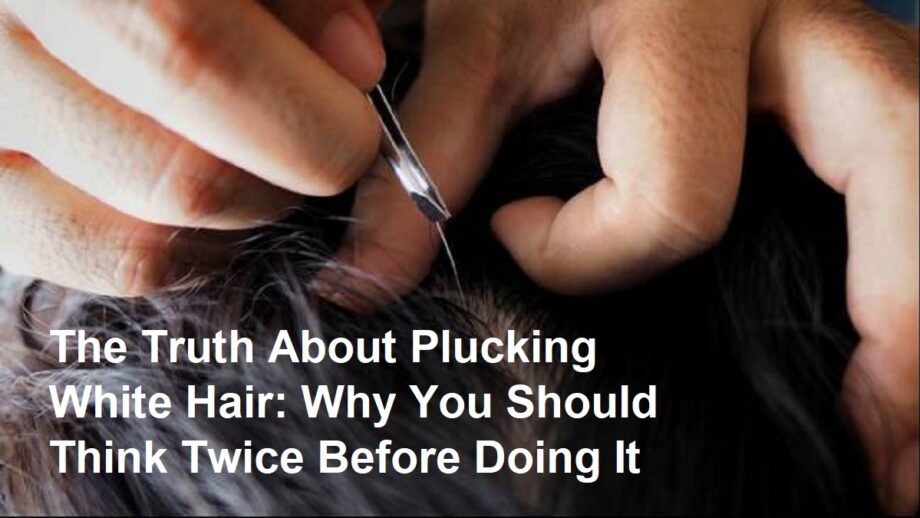Introduction
White or gray hair is a natural part of the aging process, and many people find themselves tempted to pluck those stray white strands. However, experts caution against plucking white hair due to potential scalp damage and hair growth issues. This article will explore the scientific reasons behind this advice, share common myths, and provide healthier alternatives for managing white hair.
What Causes White Hair?
White hair occurs when pigment-producing cells in hair follicles, called melanocytes, gradually lose their ability to produce melanin. This loss of pigment is primarily linked to aging, genetics, and sometimes health conditions. White hair is a natural biological process and does not necessarily indicate poor health.
Why You Should Avoid Plucking White Hair ?
Plucking white hair may seem like an easy solution, but it can cause several problems:
- Damage to Hair Follicles:Repeatedly pulling out hair can damage the hair follicle, potentially leading to inflammation or even permanent hair loss in that area.
- Risk of Infection:Plucking creates small wounds in the skin, which increases the risk of infections and folliculitis.
- Does Not Increase White Hair:The common myth that plucking white hair causes more white hair to grow is false. New hair that grows is determined by the follicle’s pigment status, not by plucking.
Myths vs Scientific Facts
There is a popular misconception that plucking white hair causes multiple white hairs to grow back in its place. However, scientific studies show that each follicle produces only one hair strand, so plucking one hair does not affect the color or number of new hairs growing.
Another myth is that plucking white hairs accelerates the graying process. The truth is that hair pigment production is genetically controlled and influenced by aging and environmental factors, not plucking behavior.
Healthier Alternatives to Manage White Hair
Instead of plucking white hair, consider these alternatives:
- Hair Coloring:Using hair dyes or natural colorants can effectively cover white hair without harming the scalp.
- Acceptance and Care:Embracing gray or white hair as a natural sign of aging while maintaining scalp and hair health with moisturizing, gentle shampoos, and conditioners.
- Medical Consultations:If premature graying or excessive white hair concerns you, consult a dermatologist to rule out health issues like vitamin deficiencies or thyroid problems.
Conclusion
While white hair is a natural and inevitable part of aging, plucking white hairs is not a recommended practice due to potential scalp damage and infection risks. Debunking myths around white hair growth helps in making informed decisions, and healthier alternatives like hair coloring and scalp care ensure both aesthetic and medical well-being. Adopting a scientific and gentle approach to managing white hair preserves hair health and respects the natural changes of the body.









